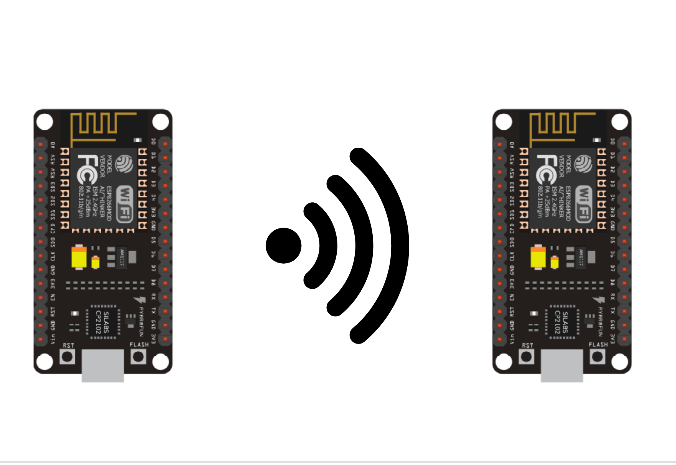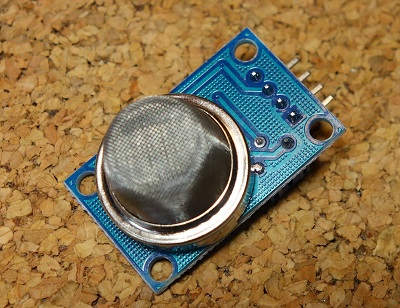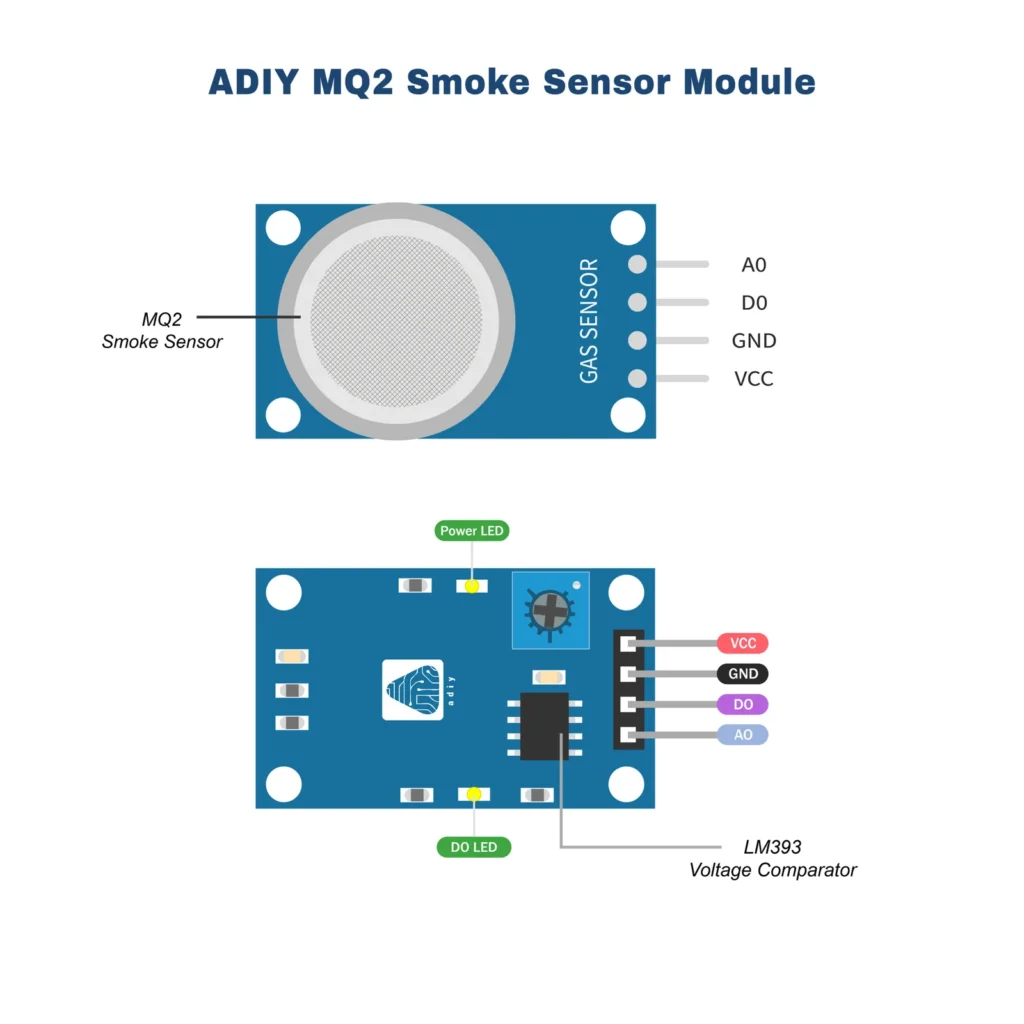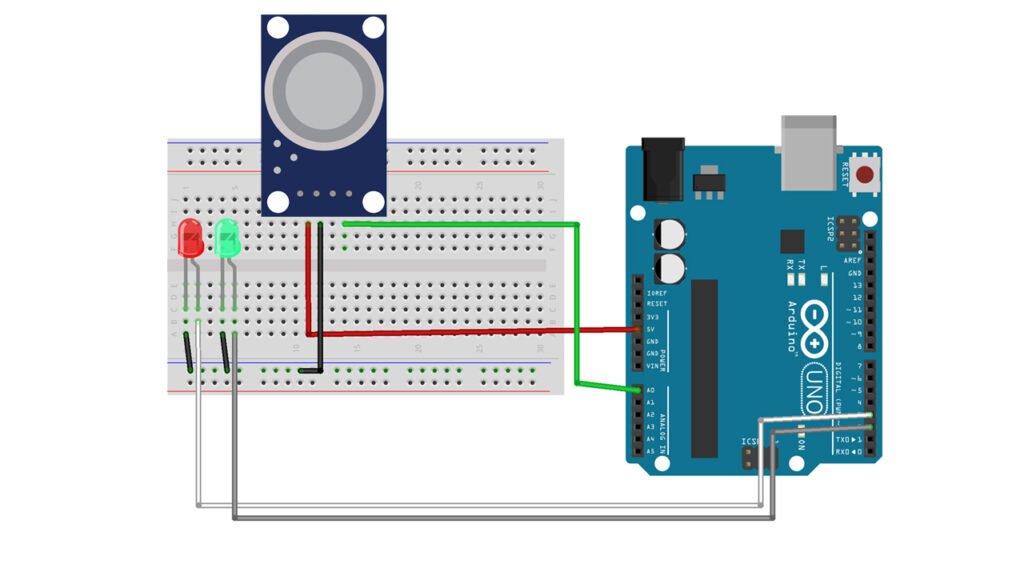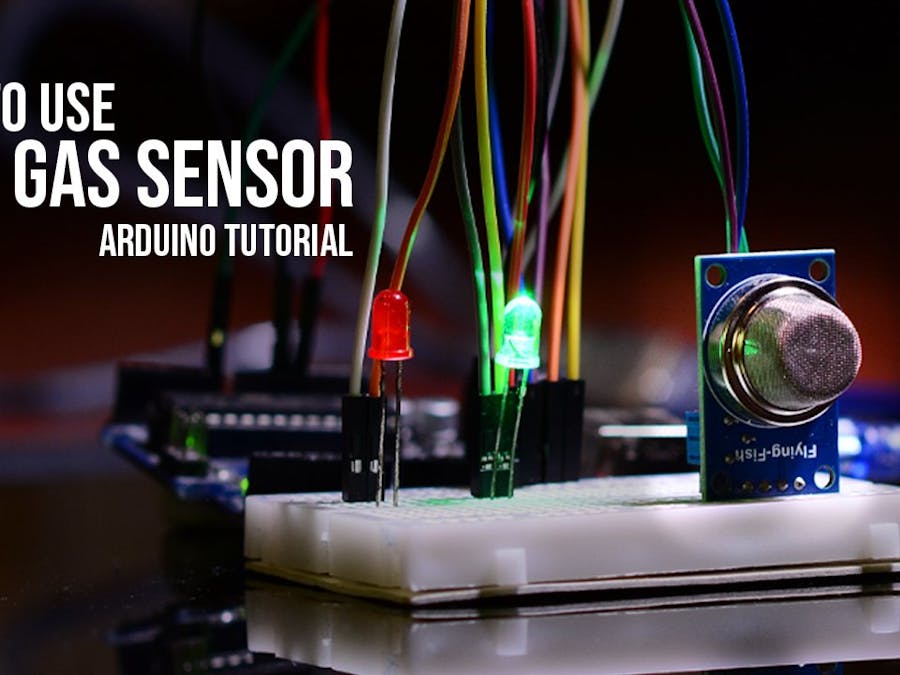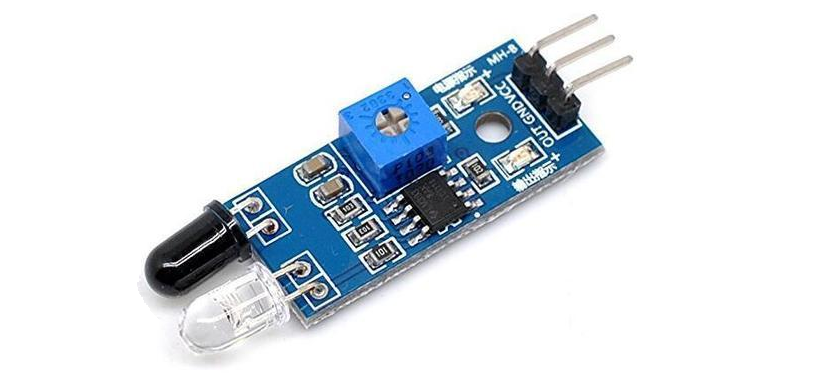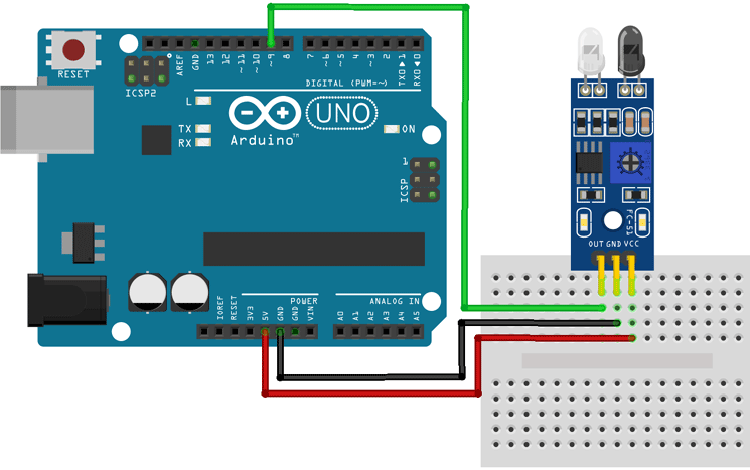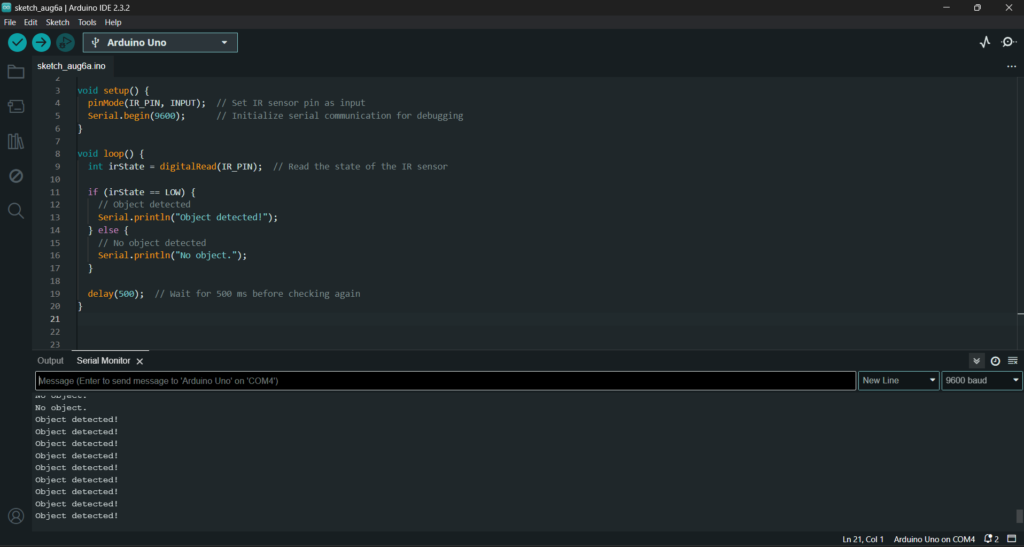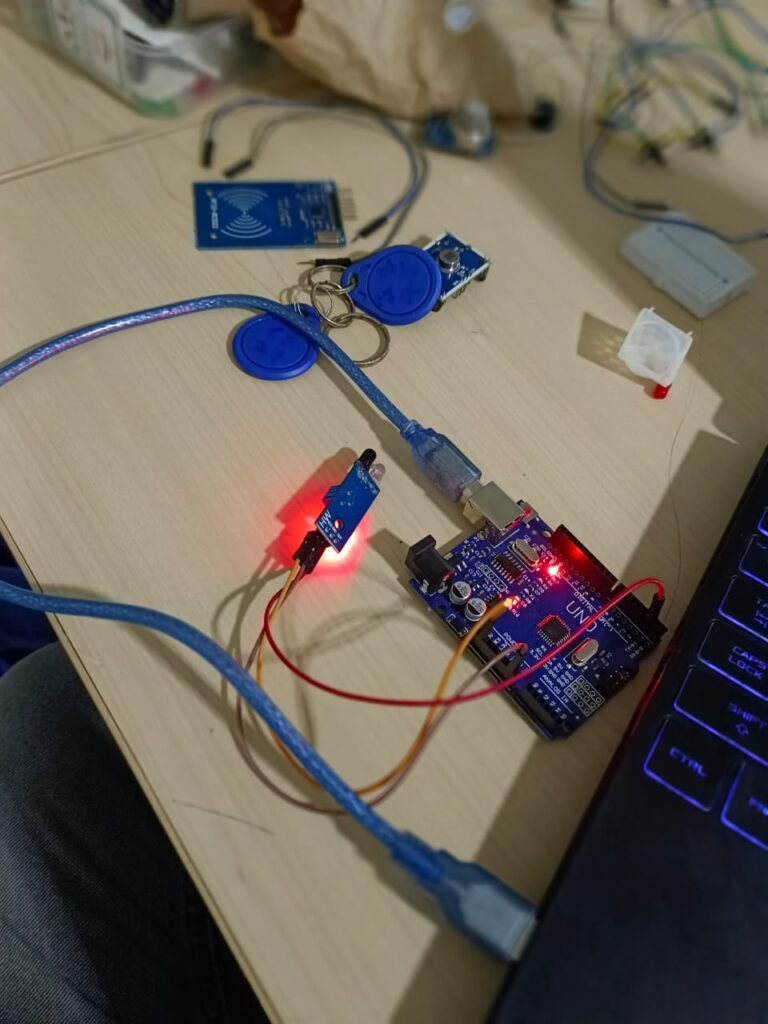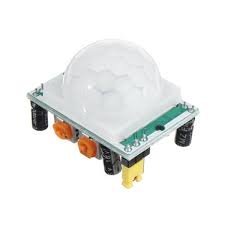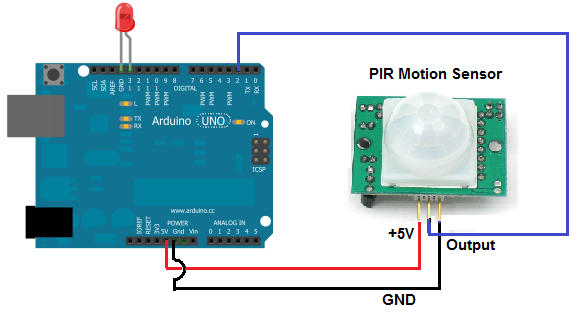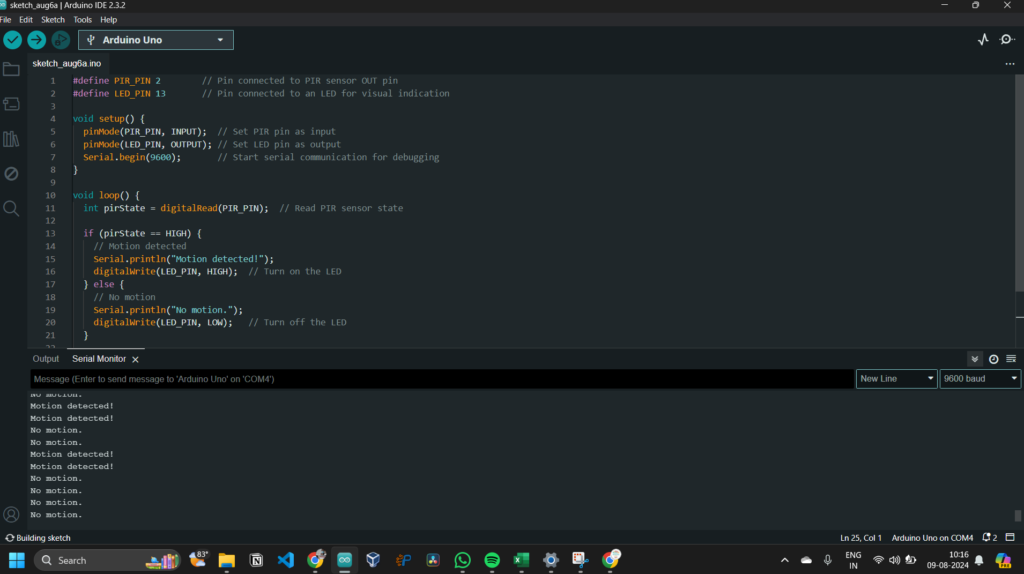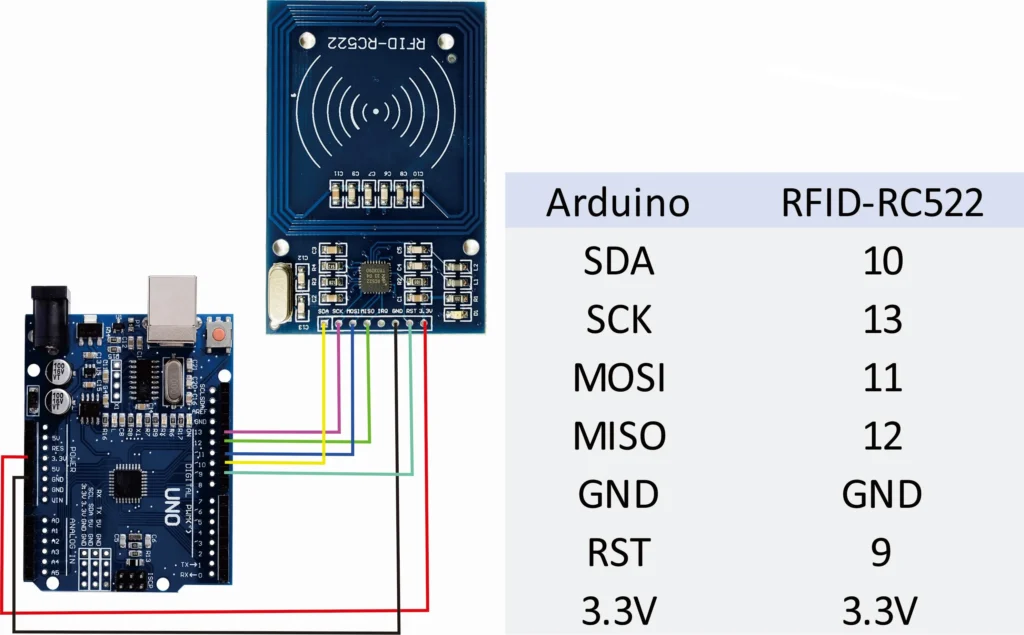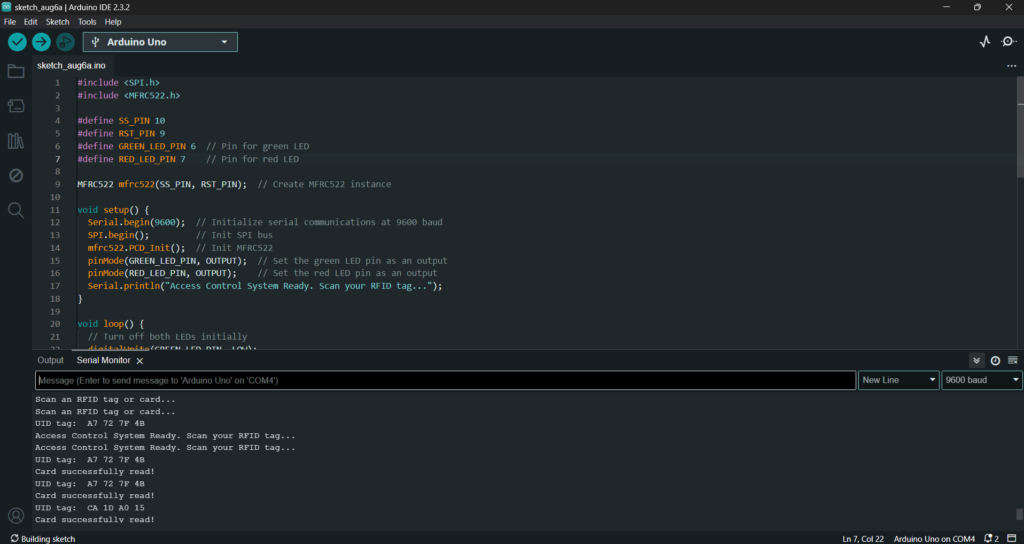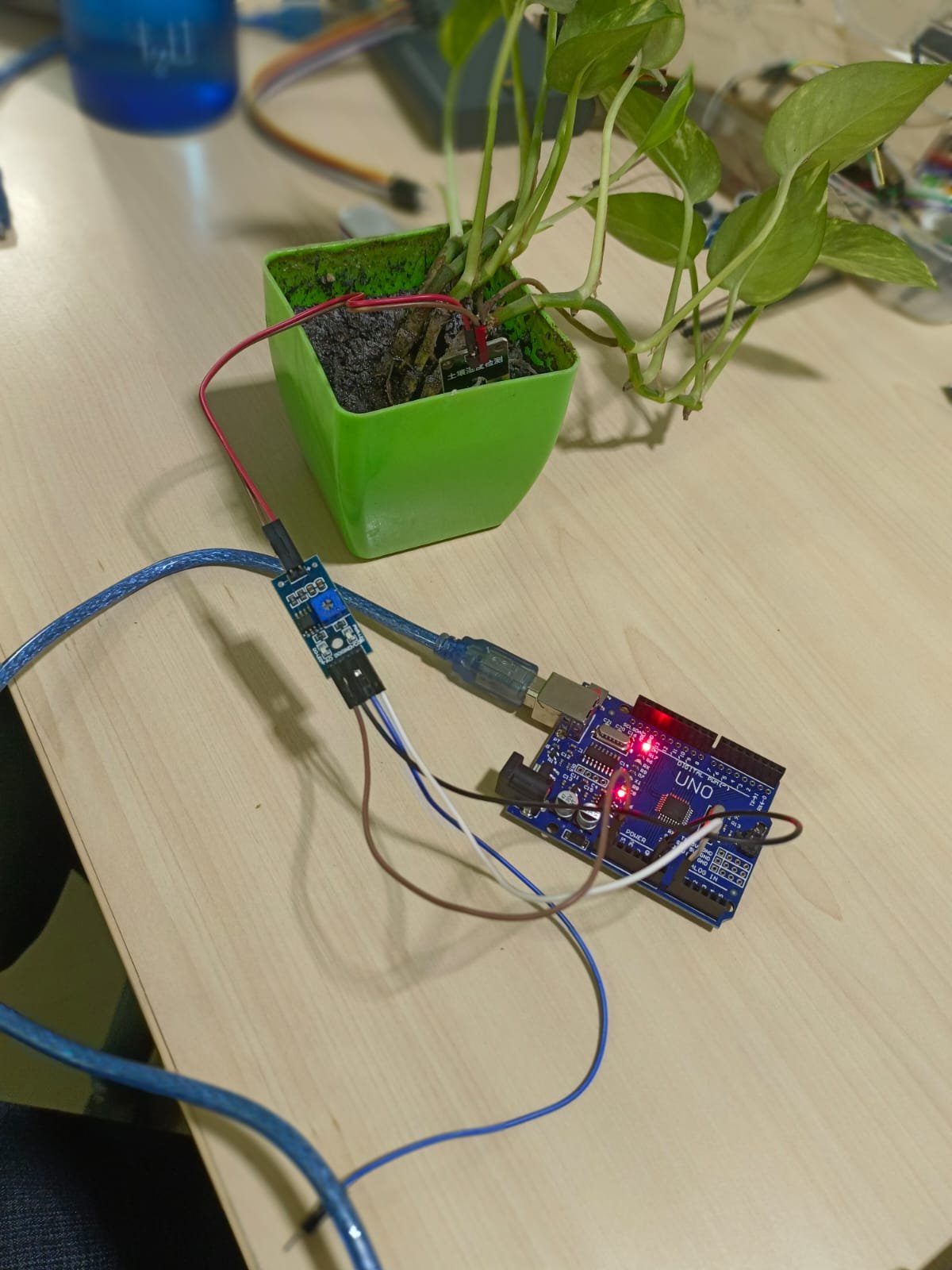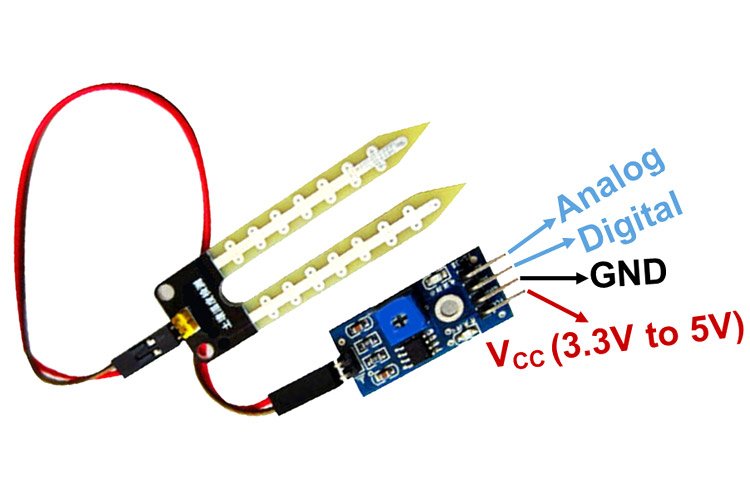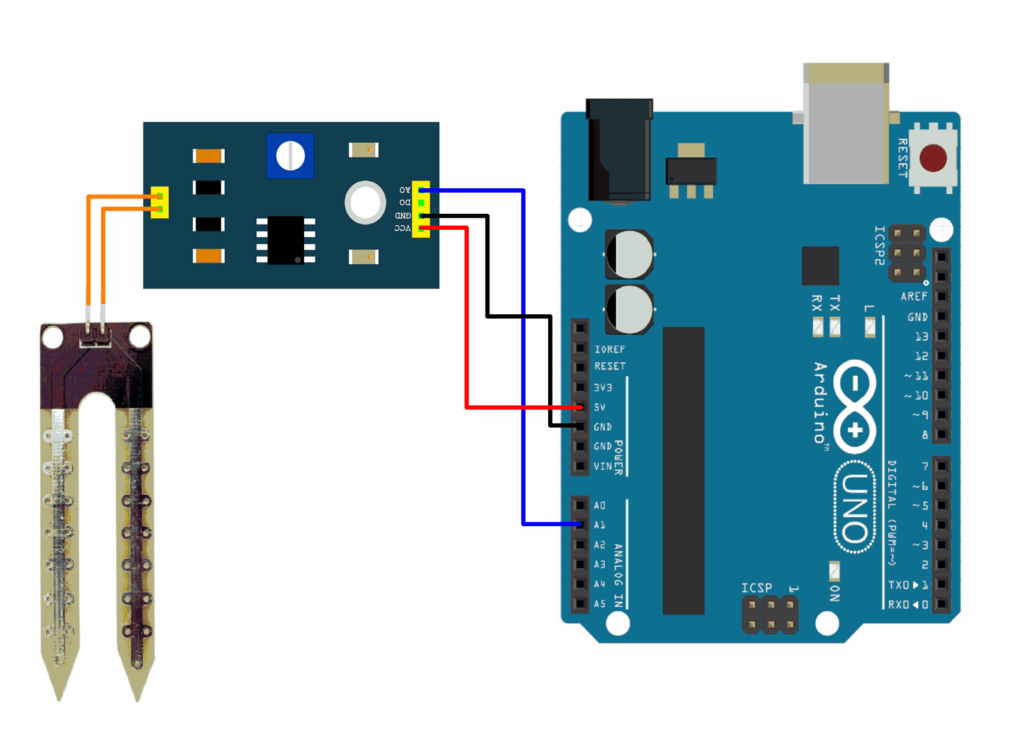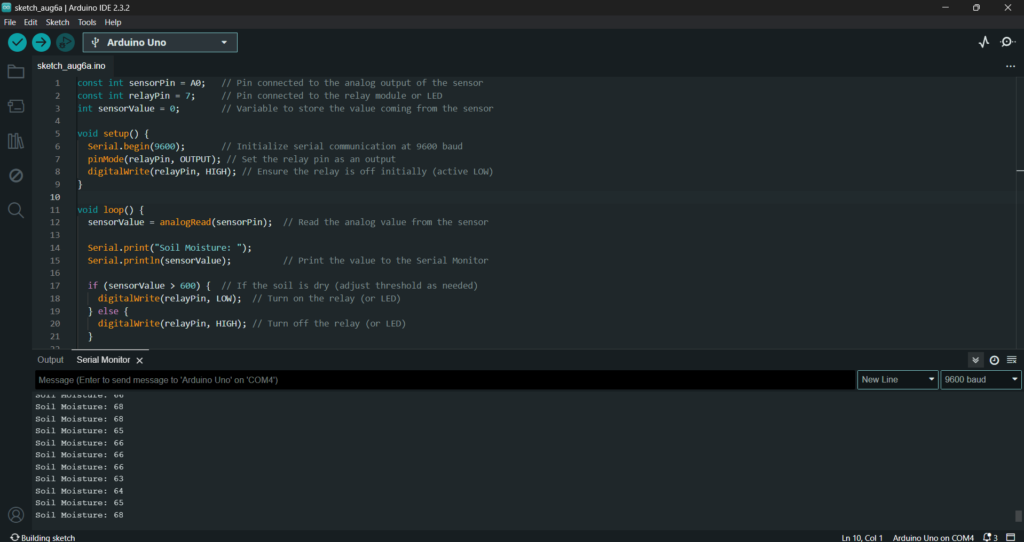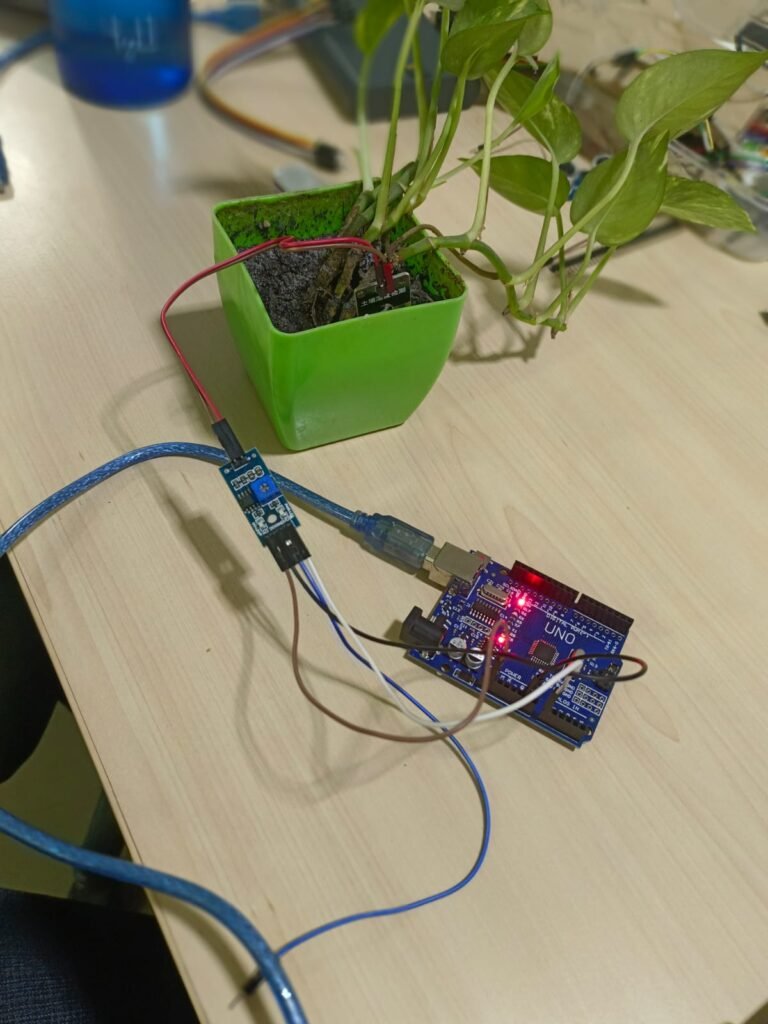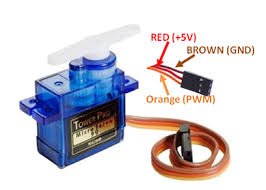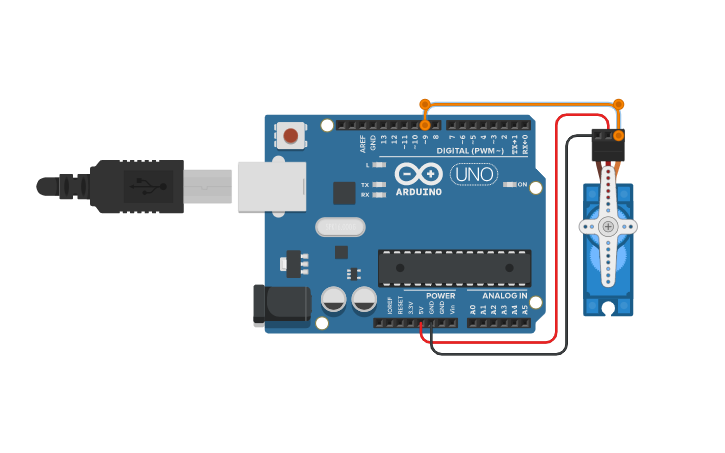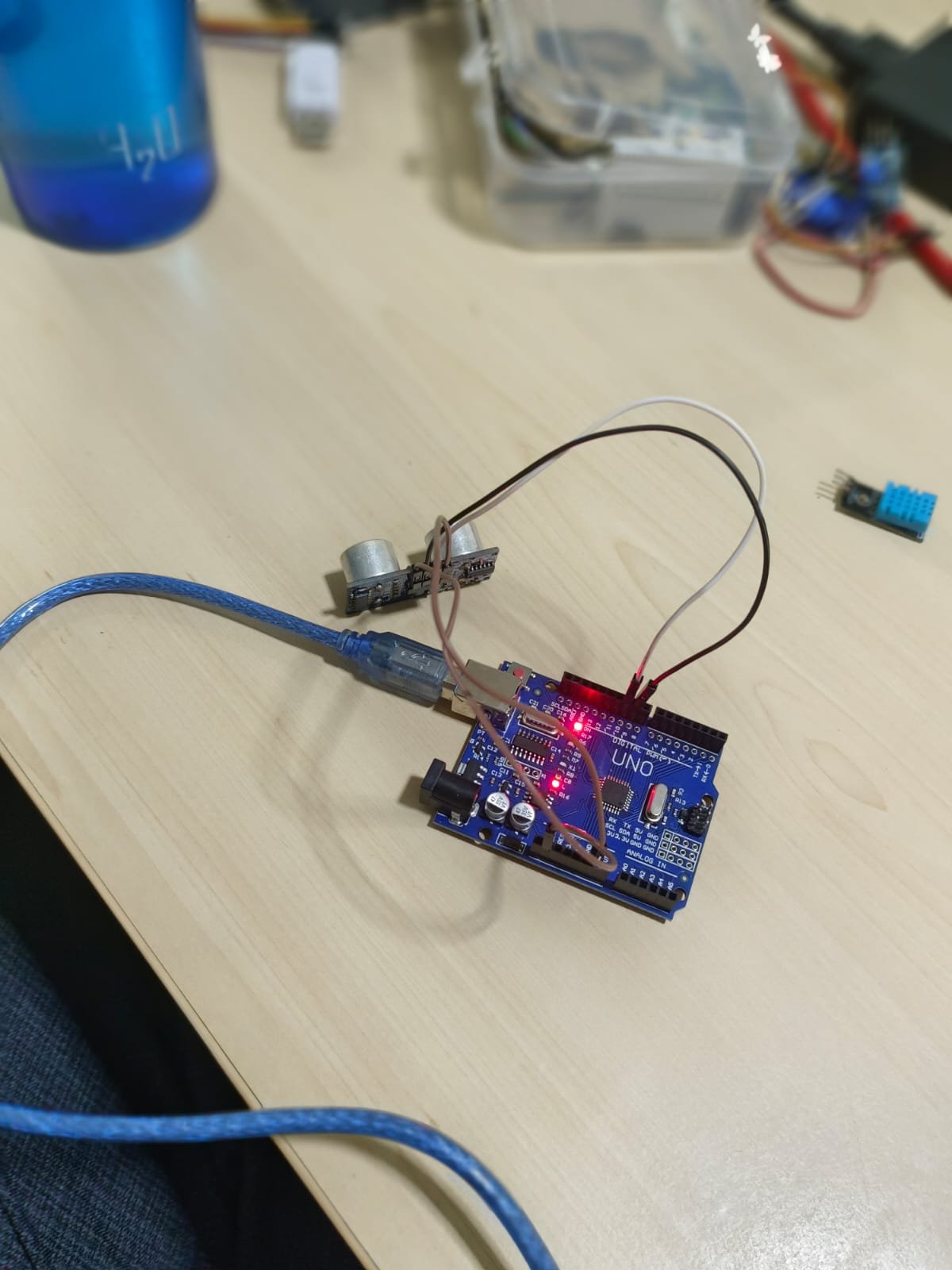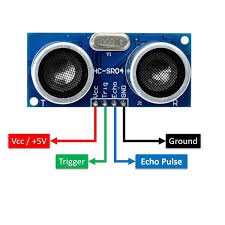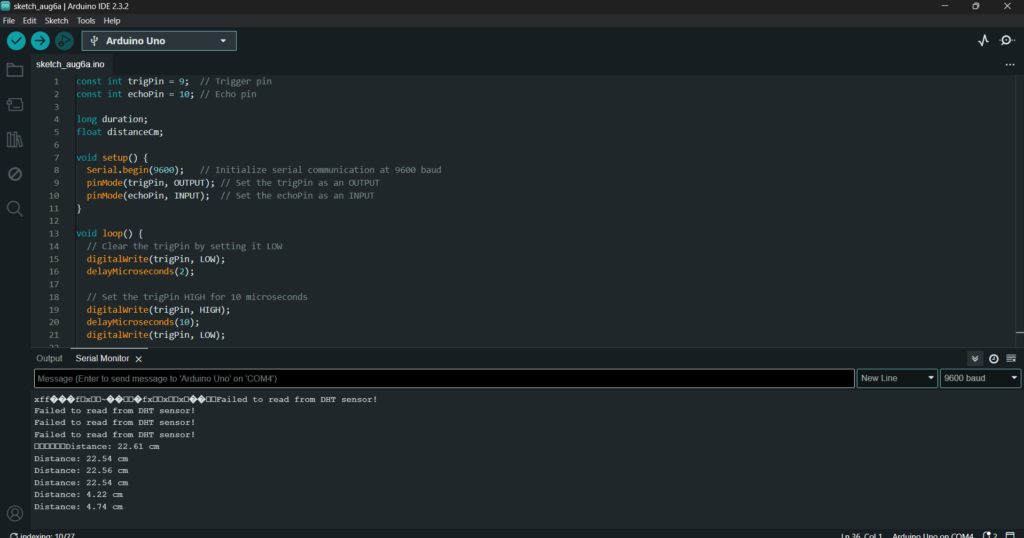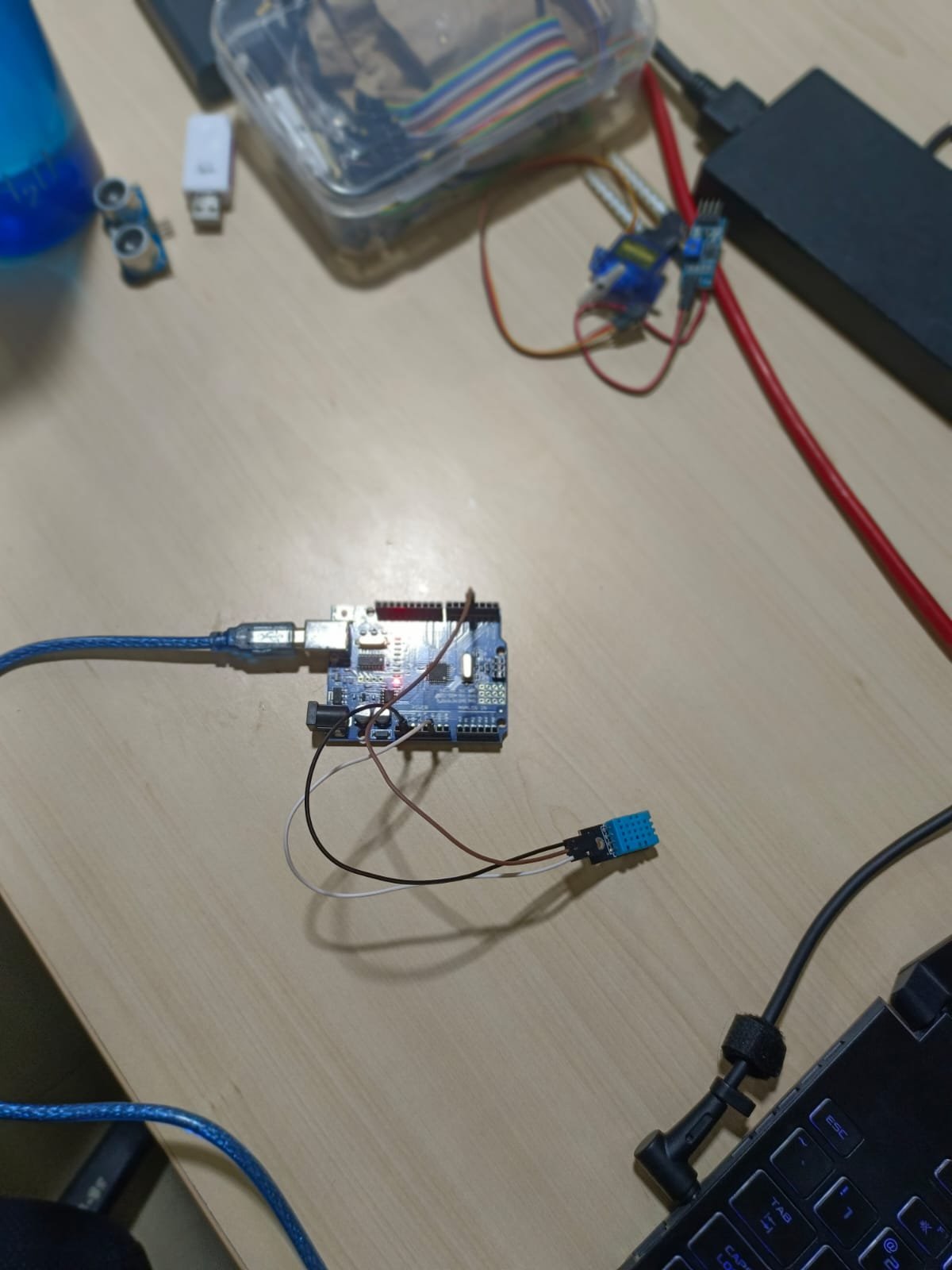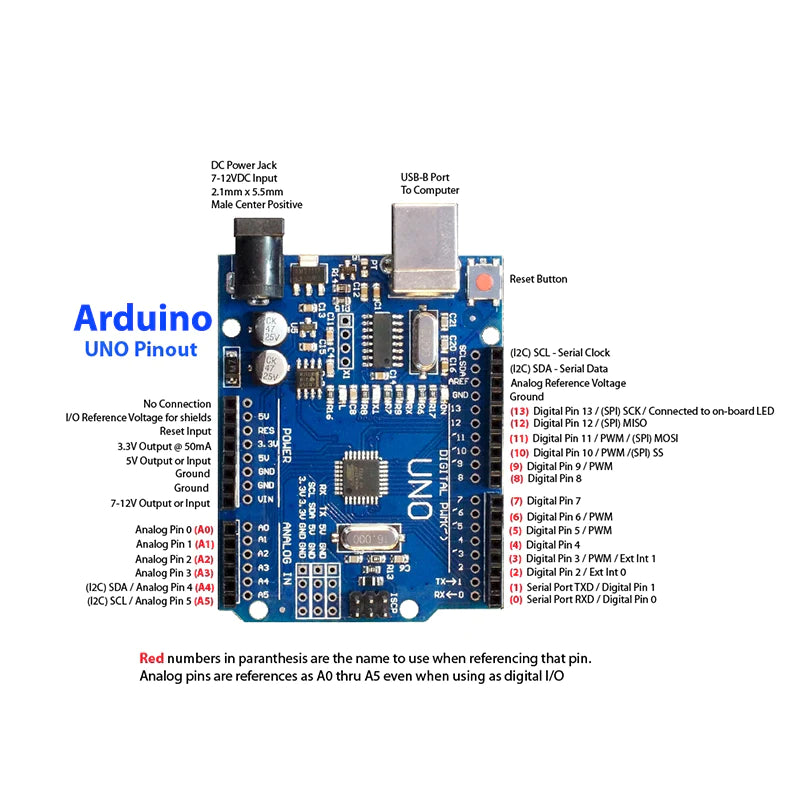Introduction
In the Internet of Things (IoT), seamless communication between devices is key to building smart systems. The ESP8266, a popular Wi-Fi module, allows easy wireless interaction between devices. In this project, we’ll demonstrate how to send and receive messages between two ESP8266 modules on the same Wi-Fi network by setting up one as a server and the other as a client. This simple setup forms the foundation for more complex IoT applications
Parts Required
- 2 x ESP8266 Modules (e.g., NodeMCU or ESP-01)
- These will serve as the server and client for communication.
- USB to Micro-USB Cables
- For powering and programming the ESP8266 modules.
Set Up One ESP8266 as a Server
The first ESP8266 will act as a server, listening for incoming connections from the client (the second ESP8266).
Server Code (ESP8266 A):
#include <ESP8266WiFi.h>
const char* ssid = “your_SSID”; // Replace with your Wi-Fi SSID
const char* password = “your_PASSWORD”; // Replace with your Wi-Fi password
WiFiServer server(80); // Server on port 80
void setup() {
Serial.begin(115200);
WiFi.begin(ssid, password);
while (WiFi.status() != WL_CONNECTED) {
delay(1000);
Serial.println(“Connecting to WiFi…”);
}
Serial.println(“Connected to WiFi”);
Serial.print(“IP Address: “);
Serial.println(WiFi.localIP());
server.begin(); // Start the server
Serial.println(“Server started”);
}
void loop() {
WiFiClient client = server.available(); // Check for incoming clients
if (client) {
Serial.println(“Client connected”);
while (client.connected()) {
if (client.available()) {
String message = client.readStringUntil(‘\n’); // Read incoming message
Serial.print(“Message received: “);
Serial.println(message);
// Respond to the client
client.println(“Hello from Server”);
}
}
client.stop();
Serial.println(“Client disconnected”);
}
}
2. Set Up the Second ESP8266 as a Client
The second ESP8266 will act as a client, connecting to the server and sending a “hi” message.
Client Code (ESP8266 B):
#include <ESP8266WiFi.h>
const char* ssid = “your_SSID”; // Replace with your Wi-Fi SSID
const char* password = “your_PASSWORD”; // Replace with your Wi-Fi password
const char* serverIP = “192.168.1.100”; // Replace with the server ESP8266’s IP address
const uint16_t serverPort = 80;
void setup() {
Serial.begin(115200);
WiFi.begin(ssid, password);
while (WiFi.status() != WL_CONNECTED) {
delay(1000);
Serial.println(“Connecting to WiFi…”);
}
Serial.println(“Connected to WiFi”);
}
void loop() {
WiFiClient client;
if (client.connect(serverIP, serverPort)) {
Serial.println(“Connected to server”);
// Send a “hi” message to the server
client.println(“hi”);
Serial.println(“Message sent: hi”);
while (client.connected()) {
if (client.available()) {
String response = client.readStringUntil(‘\n’); // Read server’s response
Serial.print(“Response received: “);
Serial.println(response);
}
}
client.stop();
Serial.println(“Disconnected from server”);
} else {
Serial.println(“Connection to server failed”);
}
delay(5000); // Wait 5 seconds before sending the next message
}
Github link : https://github.com/makertribe/IoT-Codes/blob/86256d11a19cd864dcd9033f4bbbcf5ccf8dca91/Seamless%20Communication%3A%20Sending%20Messages%20Between%20ESP8266%20Modules%20on%20a%20Shared%20Wi-Fi%20Network
